Great Scenery! Four Beautiful Slopes in Hakodate
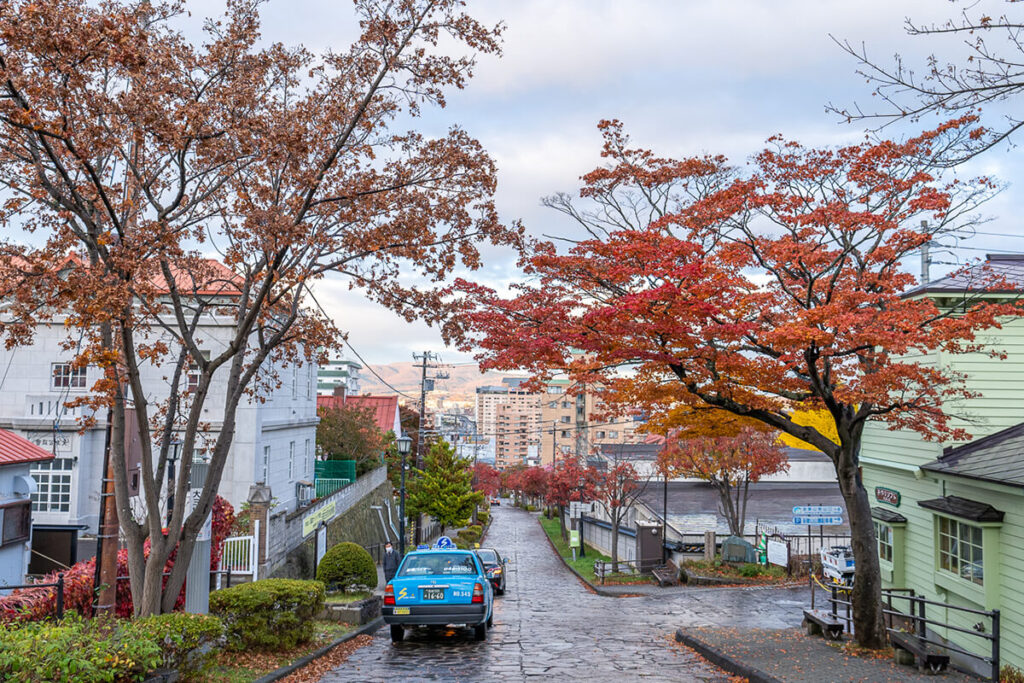
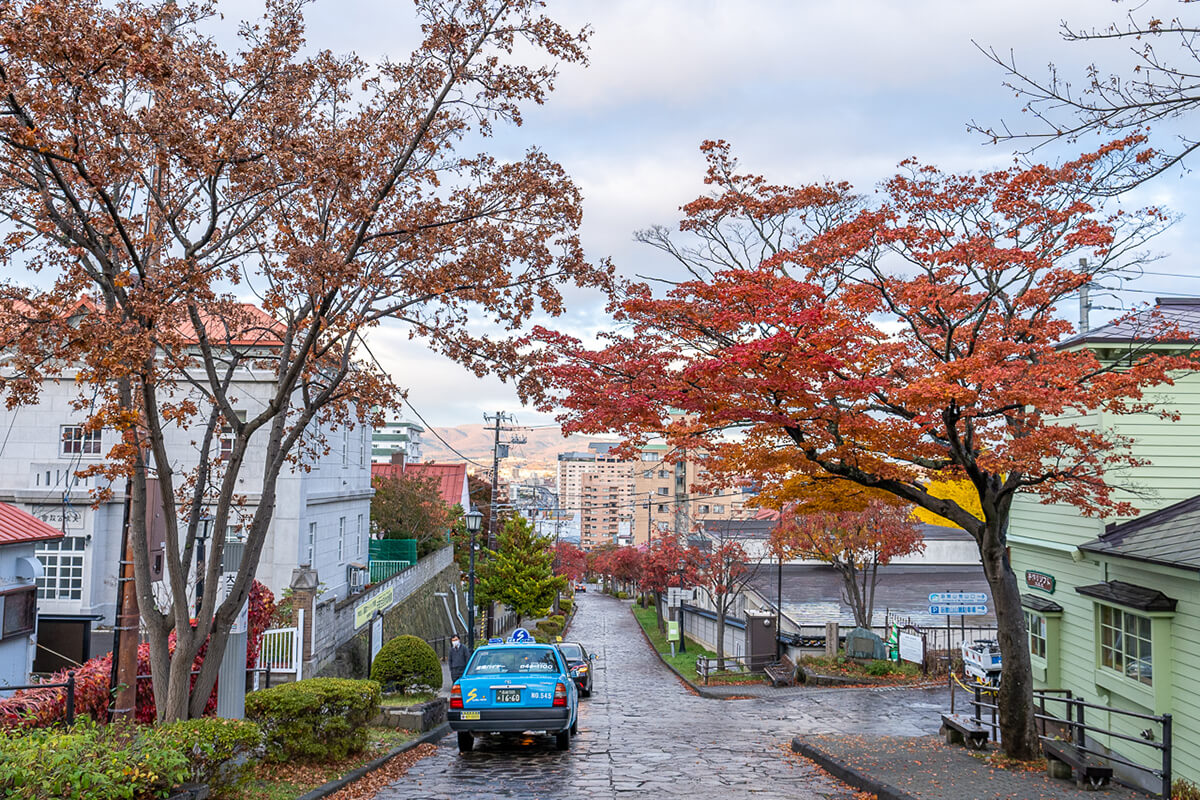
The slopes stretching from the base of Mt. Hakodate toward the bay tell the story of how Hakodate prospered in the Edo and Meiji periods. Along with the Western-style buildings in the Motomachi area, the nineteen hill roads create a beautiful atmosphere unique to this city.
The Charm of Hakodate’s Slopes
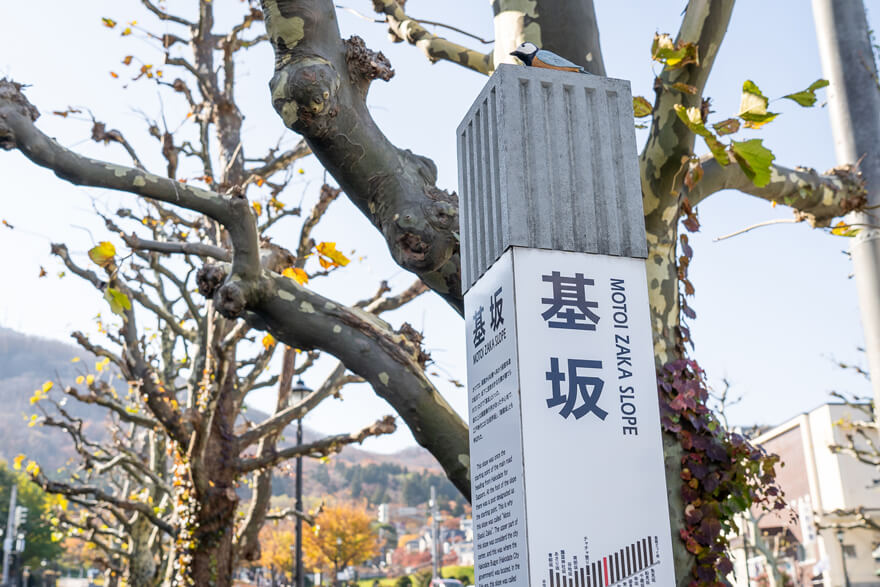
They say that each slope in Hakodate has a story of its own. Indeed, the slopes in the city are all different from each other.
There are nineteen slopes in the city. Cultural landmarks and old Japanese-style buildings, such as the Holy Resurrection Orthodox Church of Hakodate, Motomachi Roman Catholic Church, Hakodate St. John’s Church, the former British and Russian Consulates, the former Hakodate Ward Public Hall, and Koryuji Temple, can all be seen along the hill roads.
Visitors will feel as if they have traveled in time to another era.
The slopes descend from the foot of Mt. Hakodate to the bay, and their length and width are all different. Each street boasts a distinctive view of the mountain and the bay. Also, the scenery will change depending on the position of the viewer, making the hill roads even more attractive to pedestrians.
Hachimanzaka: One of Hakodate’s Famous Views
The name of this slope can be traced to Hakodate Hachimangu Shrine, which used to be located nearby. Climb the slope from the Kanemori Red Brick Warehouses, look back, and you will be able to see the sky, the bay, and the stone pavement. This is one of the most famous views in Hakodate, along with the nighttime city view seen from Mt. Hakodate.
Mashumaru, a ship anchored at the bay and open to the public as the Hakodate Seikan Ferry Memorial Hall, can also be seen in the background.
Near Motomachi Park, Western-style buildings and cafes renovated from old houses can be seen along the Motoizaka and Hiyorizaka slopes, so the area is an ideal spot to take a walk.
Nishi Koko Mae bus stop, located on top of Hachimanzaka, is another famous spot that has been used in commercials and movies. In winter, the Hakodate Illumination is held along these streets, creating fantastic scenery.
Motoizaka: A Beautiful Slope to View from Top to Bottom
From the base of Mt. Hakodate, visitors looking down Motoizaka will see the former Hakodate Ward Public Hall, Motomachi Park, the former British Consulate, and the former Hokkaido Government Hakodate Branch Office. This area used to be the heart of Hakodate, as the zero milepost, the namesake of Motoizaka, was placed at the bottom of the slope in the Meiji Period (1868 – 1912).
A public office was established in the middle of the Edo Period (1603 – 1868), followed by the Kameda Gatehouse of the Matsumae Clan, and the Hakodate Magistrate’s Office representing the Tokugawa Shogunate. The branch office of the Hokkaido development commissioners and the Hokkaido Government were located here in the Meiji Period, so the slope was also called Oyakusho-zaka (“the slope of the public offices”) and Goten-zaka (“the slope with the palace”).
When the weather is fine, the former Hakodate Ward Public Hall, with its blue-gray and yellow exterior, stands out clearly against the sky. From the top of the street, you might catch glimpses of the Hakodate City Tram running along the slope with the sky and the bay in the background; this beautiful sight will prompt you to take a photograph.
Saiwaizaka: A Slope with Elegant Scenery
Saiwaizaka, one of the longest among the nineteen slopes, offers a stunning view of the bay. The street winds beautifully through the city.
Bentenkan, a lodging facility with an adjoining cafe, stands at the bottom of the slope. From there, the road stretches for 620 meters up to Yamanoue Daijingu, a historic shrine at the foot of Mt. Hakodate. The shrine was located at a lower site, and until 1879, it was called Shinmeisha. At the time, the slope was called Shinmeizaka. In 1875, the reclaimed land at the bottom of the road was named Saiwai-cho, and the slope was renamed accordingly.
The shrine was relocated to the top of the hill, and the former Russian Consulate was constructed in the middle of the slope. The sight of the street heading straight toward the bay is truly impressive. Saiwaizaka is known for its steepness, but the view from Yamanoue Daijingu is worth the climb. Visitors to the shrine say that there is saiwai (happiness) at the top of the slope.
Daisanzaka: A Slope with a Foreign Charm
“Daisan” was the name of an inn where the officials visiting the Magistrate’s Office used to stay. The inn was located at the bottom of this slope.
Pedestrians climbing the slope will be greeted by Western-style buildings such as the Daisanzaka Building, Ebisu Shoukai, and the former Kamei Residence. The Motomachi Roman Catholic Church comes next, and after crossing Minatogaoka Avenue, the St. John’s Church and the Holy Resurrection Orthodox Church will come into view. These churches and buildings, along with the stone pavement, create an atmosphere that reminds one of foreign countries.
In 1987, Daisanzaka was designated as one of Japan’s Most Beautiful 100 Roads by the Ministry of Land, Infrastructure, Transport, and Tourism. In autumn, the mountain ash colors the street in red, turning it into an otherworldly, classical setting.
Enjoy the Slopes of Hakodate
Hakodate, popular with both domestic and international travelers, boasts a large number of great places to visit.
The most famous spot is probably the top of Mt. Hakodate, where visitors can enjoy the nighttime city view. However, the sight from the foot of the mountain, looking down the slopes toward the bay, is also very special. Visitors can enjoy a diverse range of sights in the city of slopes wherever they are. Do visit Hakodate and look for a street that appeals to you!

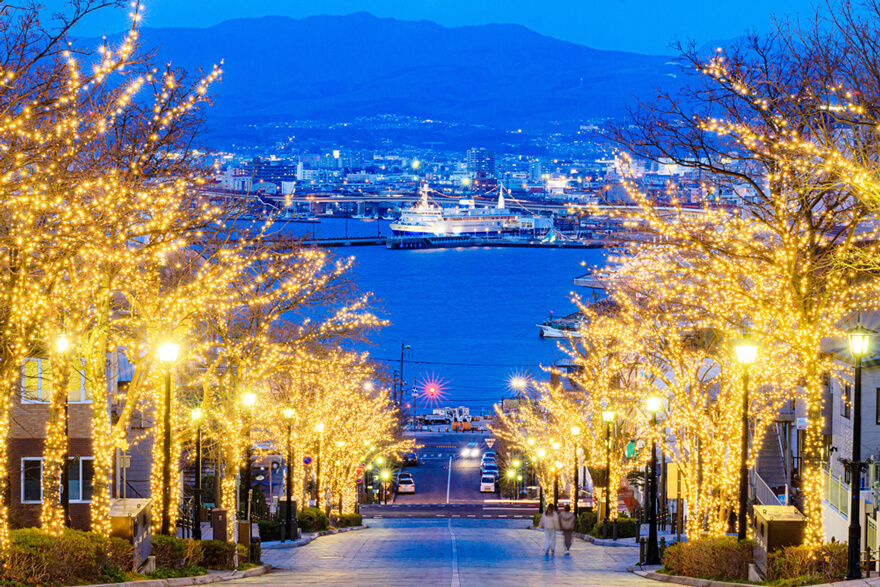
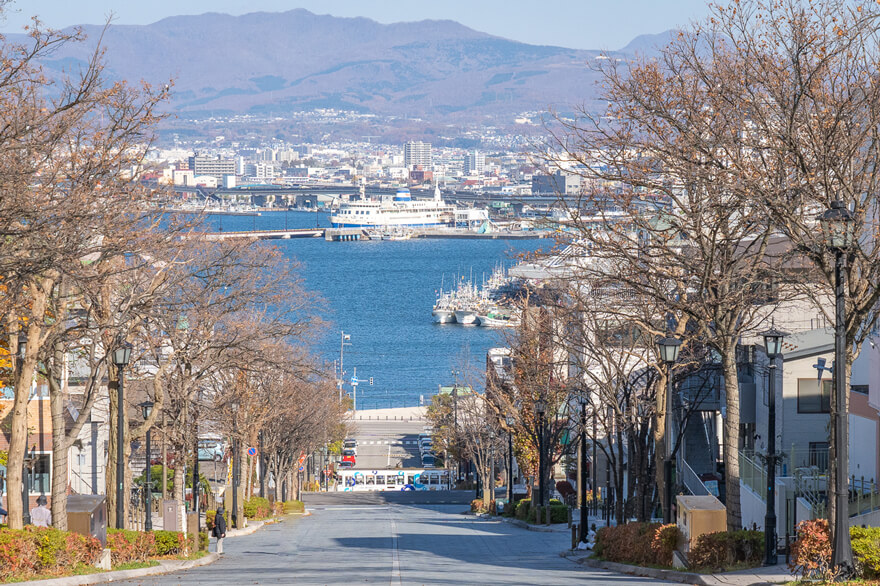
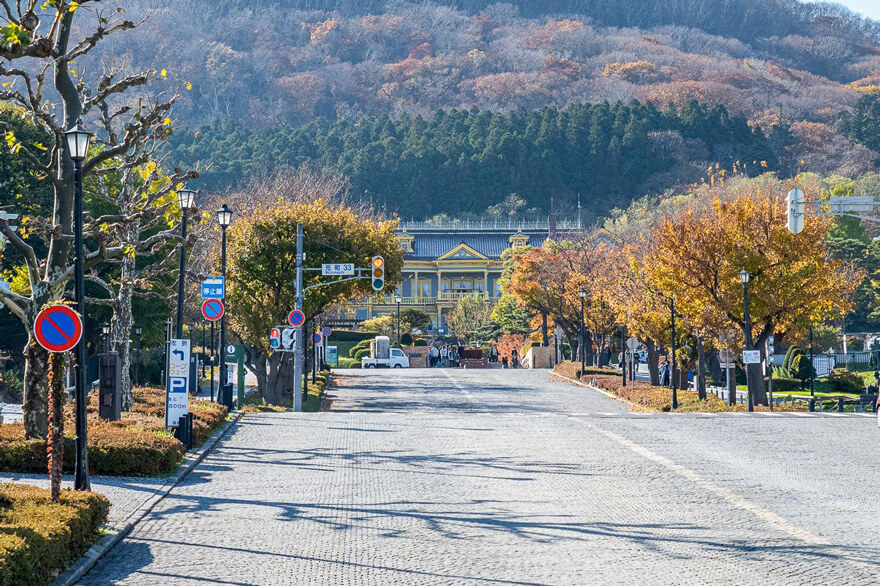
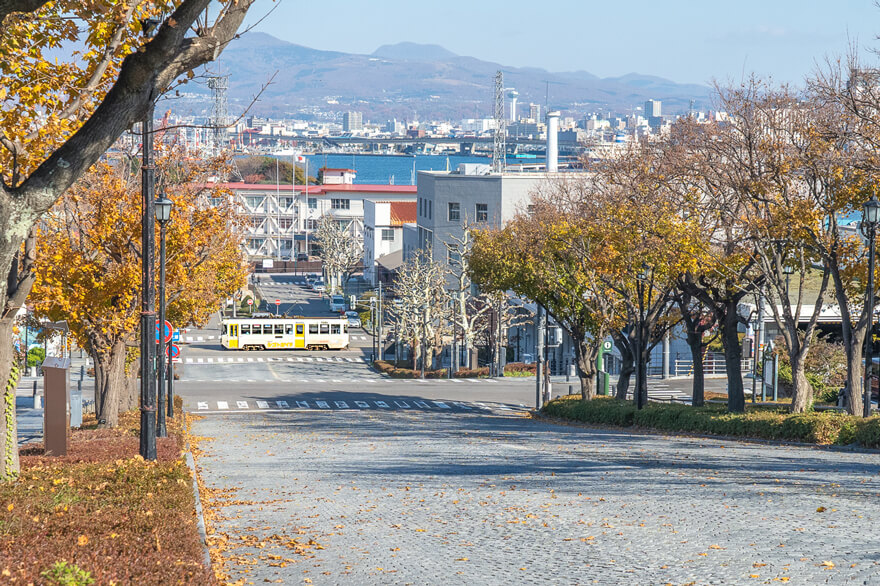
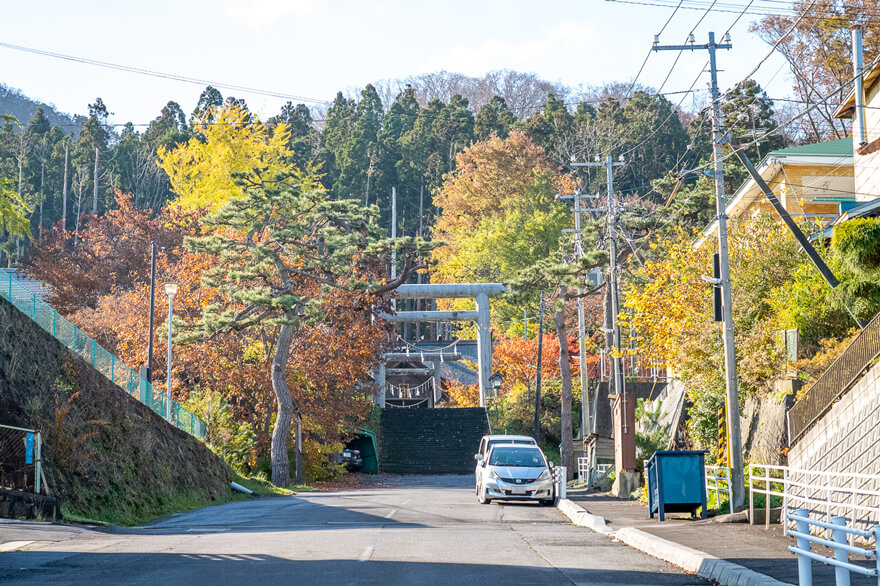
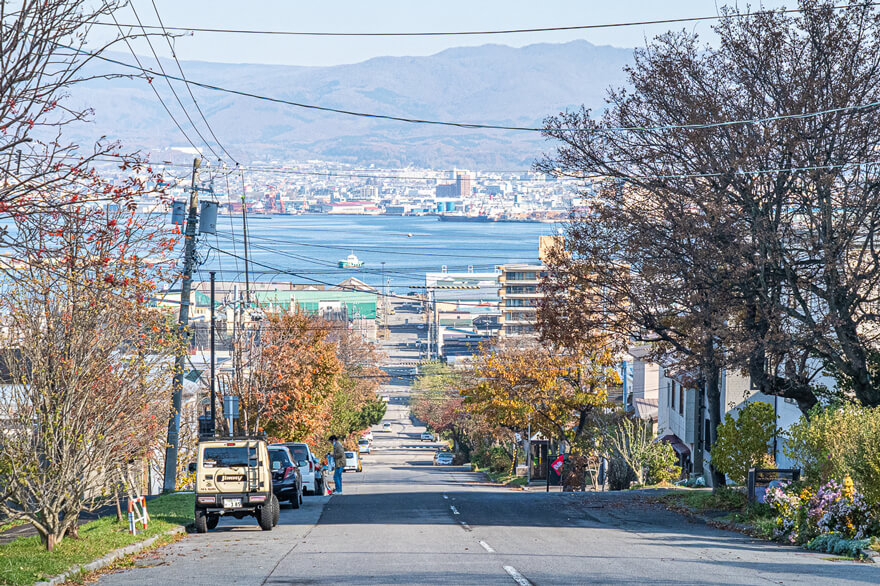
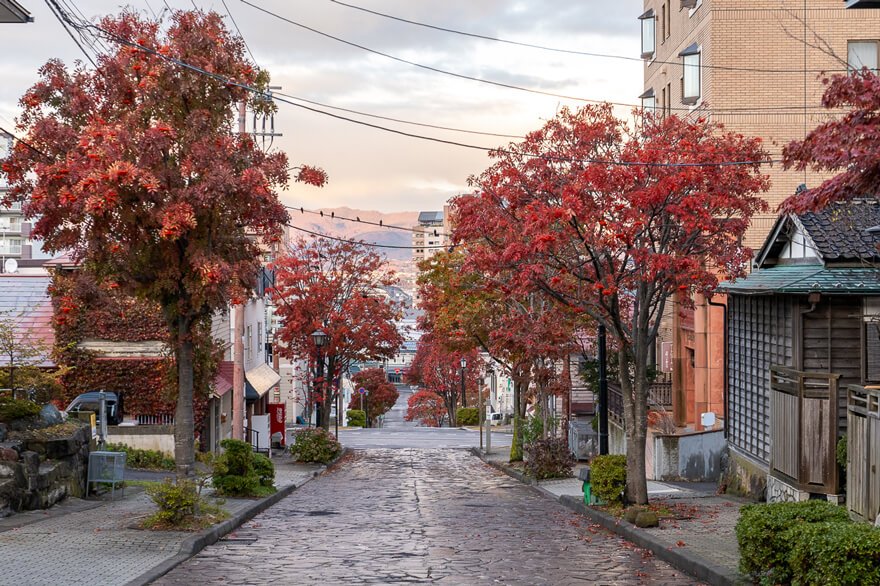
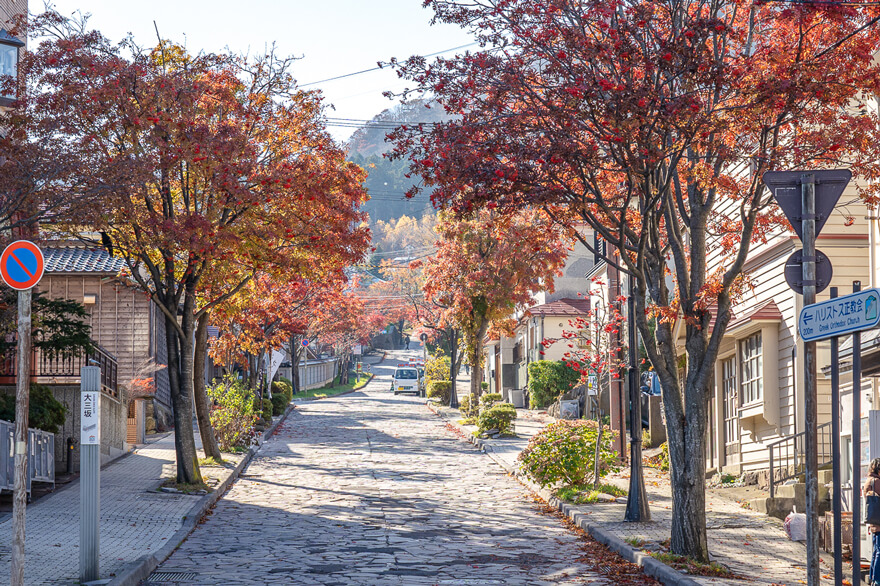
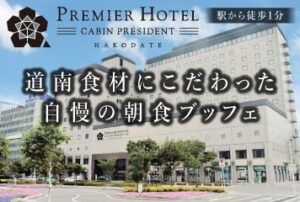
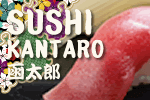

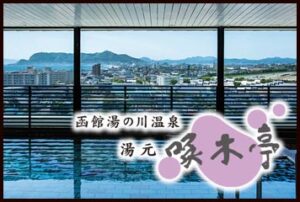
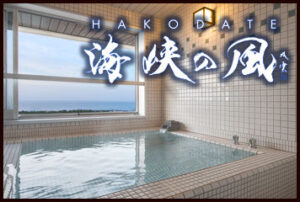



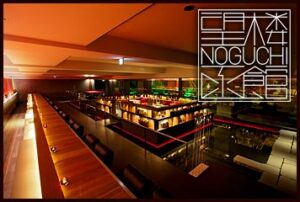
.jpg)
サトーエージェンシー TEL:0138-26-7277](https://www.hakodate.travel/en/wp-content/themes/hakodate-city-multi/assets/images/cmn/boshuyoukou-1.png)